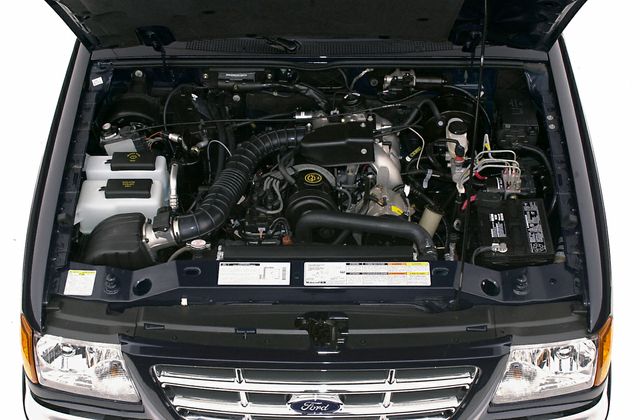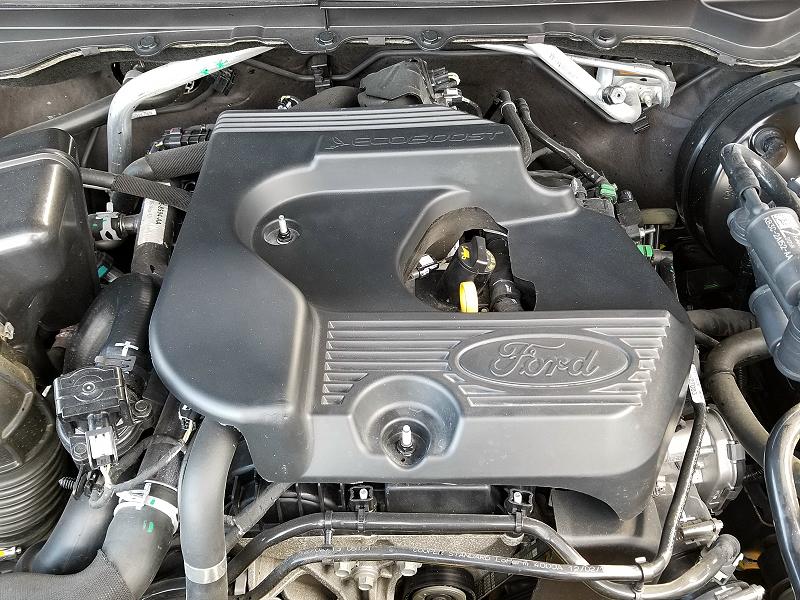How the 2.2 Ford Ranger Engine Stands Out for Durability and Power in Tough Conditions
How the 2.2 Ford Ranger Engine Stands Out for Durability and Power in Tough Conditions
Blog Article
What Makes an Auto Engine Run Efficiently: Top Tips for Ideal Treatment
The smooth operation of a car engine is essential to both performance and longevity, making optimal treatment an important duty for vehicle proprietors. Trick methods, such as regular oil adjustments, keeping coolant levels, and keeping track of air filters, are critical yet usually overlooked. Moreover, the value of examining trigger plugs and ensuring correct tire stress can not be understated. Understanding exactly how these elements interconnect can boost not only the performance of your automobile however also your overall driving experience. What certain actions should you prioritize to guarantee your engine remains in peak condition?
Regular Oil Changes
Among the most important elements of vehicle upkeep is ensuring your engine receives regular oil adjustments. Engine oil lubricates inner parts, reduces rubbing, and aids maintain ideal operating temperatures. With time, oil deteriorates due to heat, contaminants, and the all-natural by-products of combustion, resulting in lowered effectiveness and possible engine damages.
The majority of makers recommend changing the oil every 5,000 to 7,500 miles, yet this period can vary based upon driving problems and oil type. As an example, artificial oils may enable longer intervals in between changes. Regular oil changes not just improve engine performance however likewise boost fuel performance, as tidy oil advertises smoother procedure.
Ignoring oil changes can cause sludge build-up, which impairs flow and can cause extreme engine concerns. It is vital to check oil degrees consistently and check for any kind of unusual changes in shade or uniformity, which might show contamination or deterioration.

Preserving Coolant Levels
Keeping appropriate coolant levels is vital for stopping engine overheating and making sure optimum efficiency. The coolant, usually a mix of water and antifreeze, flows through the engine, soaking up heat and preventing thermal stress and anxiety. Not enough coolant can cause enhanced engine temperatures, which may trigger severe damages or perhaps total engine failing.
To maintain optimal coolant levels, consistently evaluate the coolant storage tank, typically located in the engine bay. Make certain the coolant is filled to the recommended mark, as suggested in your car's owner handbook. It is a good idea to examine the levels at the very least once a month or eventually journeys, specifically throughout severe climate condition.
If you discover that the coolant level is continually low, there might be a leak in the air conditioning system, which need to be attended to without delay to stop further issues. 2.2 ford ranger engine. Additionally, purging the coolant system every 2 to 3 years can help remove any kind of built up particles and make sure effective warm exchange
Checking Air Filters

It is advised to examine the air filter every 12,000 to 15,000 miles, or more often if driving in dusty or unfavorable problems. A basic visual examination can commonly reveal whether the filter is unclean or harmed. It needs to be replaced promptly. if the filter navigate to this website appears tarnished or has visible dirt build-up.
Using a high-quality air filter made for your certain vehicle version can better enhance engine performance. Additionally, some lorries may gain from recyclable filters that can be cleansed and reinstalled, supplying a economical and environmentally friendly alternative.
Inspecting Glow Plugs
Flicker plugs are crucial parts of a lorry's ignition system, directly affecting engine performance and performance. They produce the trigger that fires up the air-fuel informative post combination in the combustion chamber, assisting in the engine's power generation. Normal evaluation of spark plugs is vital for maintaining optimum engine function and avoiding prospective problems.
Dark residue or oil down payments can indicate inappropriate combustion, while a blistered or white look may recommend getting too hot. Both problems call for prompt attention to stop additional engine damage.
It's suggested to evaluate ignition system every 30,000 miles, or as recommended in your vehicle's proprietor handbook. Furthermore, consider changing them according to the manufacturer's guidelines, as used or old stimulate plugs can result in misfires, reduced fuel performance, and raised emissions.
Monitoring Tire Stress
Making sure proper tire pressure is a vital facet of lorry safety and efficiency. Under-inflated tires can cause reduced fuel performance, boosted tire wear, and jeopardized handling. Alternatively, over-inflated tires can decrease traction and boost the threat of blowouts. Therefore, normal surveillance of tire pressure is important for optimal lorry operation.
Tire pressure need to be checked at the very least once a month and in the past lengthy trips. Make use of a trusted tire stress scale to gauge the stress when the tires are cold, ideally prior to the vehicle has actually been driven for a minimum of 3 hours. Refer to the automobile's proprietor handbook or the placard located on the driver's side door jamb for the maker's advised stress levels.
It is important to note that tire pressure can fluctuate with modifications in temperature level; a decline of 10 ° F can lead to a 1-2 psi reduction in pressure. In addition, aesthetically examine tires for any type of signs of wear or damage throughout your monitoring regimen. Preserving correct tire stress not just boosts car safety and security but also enhances gas efficiency and extends tire life, eventually adding to a smoother engine performance.
Verdict
To conclude, preserving a car engine's smooth operation calls for from this source persistent focus to numerous essential factors. Normal oil adjustments, proper coolant levels, clean air filters, well-maintained ignition system, and optimum tire pressure collectively add to improved performance and longevity. Abiding by these upkeep practices not just improves gas effectiveness yet also advertises a safer driving experience. Inevitably, a positive approach to engine care is necessary for guaranteeing reliability and capability with time. 2.2 ford ranger engine.
One of the most vital facets of automobile maintenance is ensuring your engine gets regular oil modifications. Engine oil lubricates inner parts, lowers rubbing, and assists maintain ideal operating temperature levels. Normal oil modifications not only enhance engine efficiency but additionally enhance fuel performance, as clean oil promotes smoother procedure.
Insufficient coolant can lead to enhanced engine temperature levels, which might create serious damages or even total engine failing.

Report this page